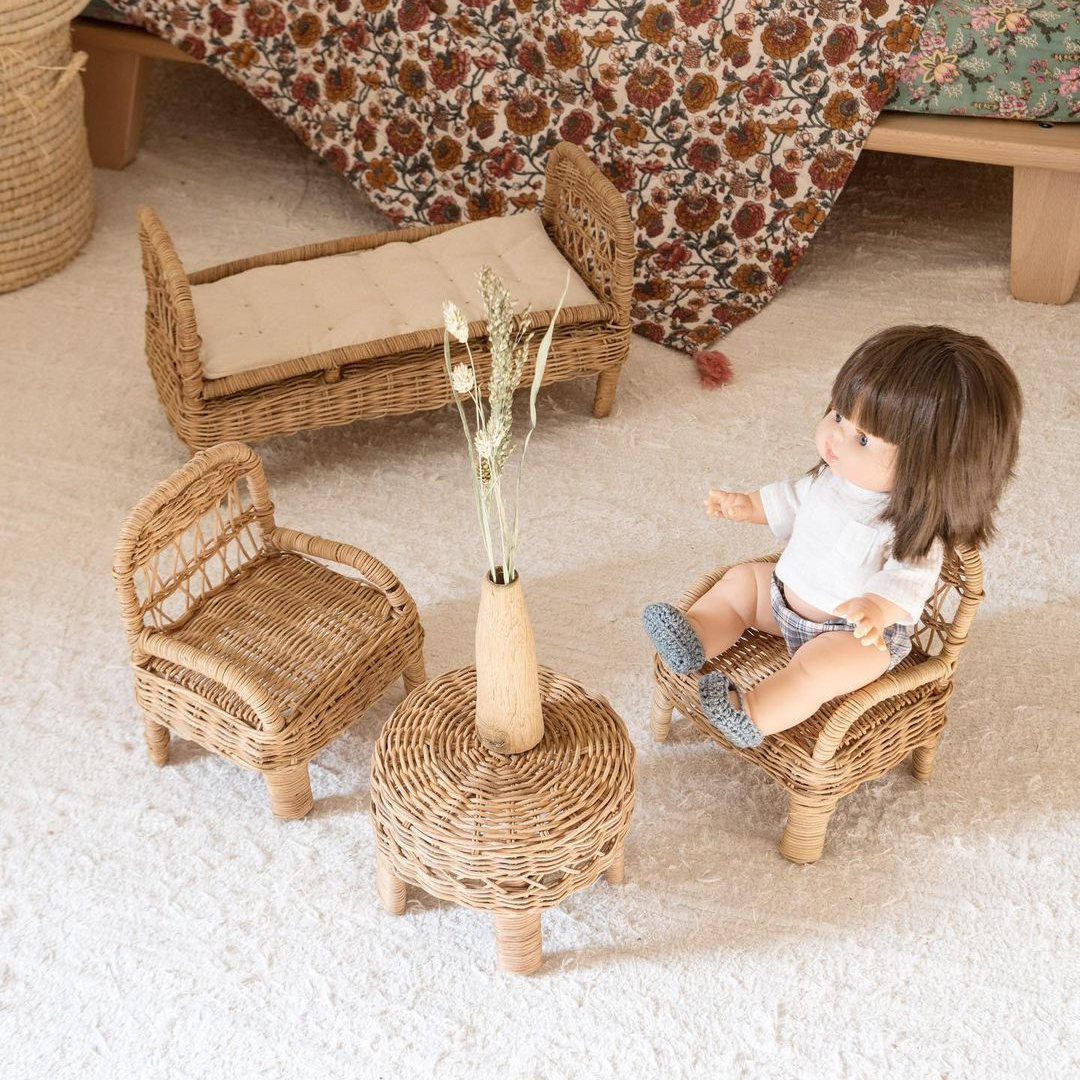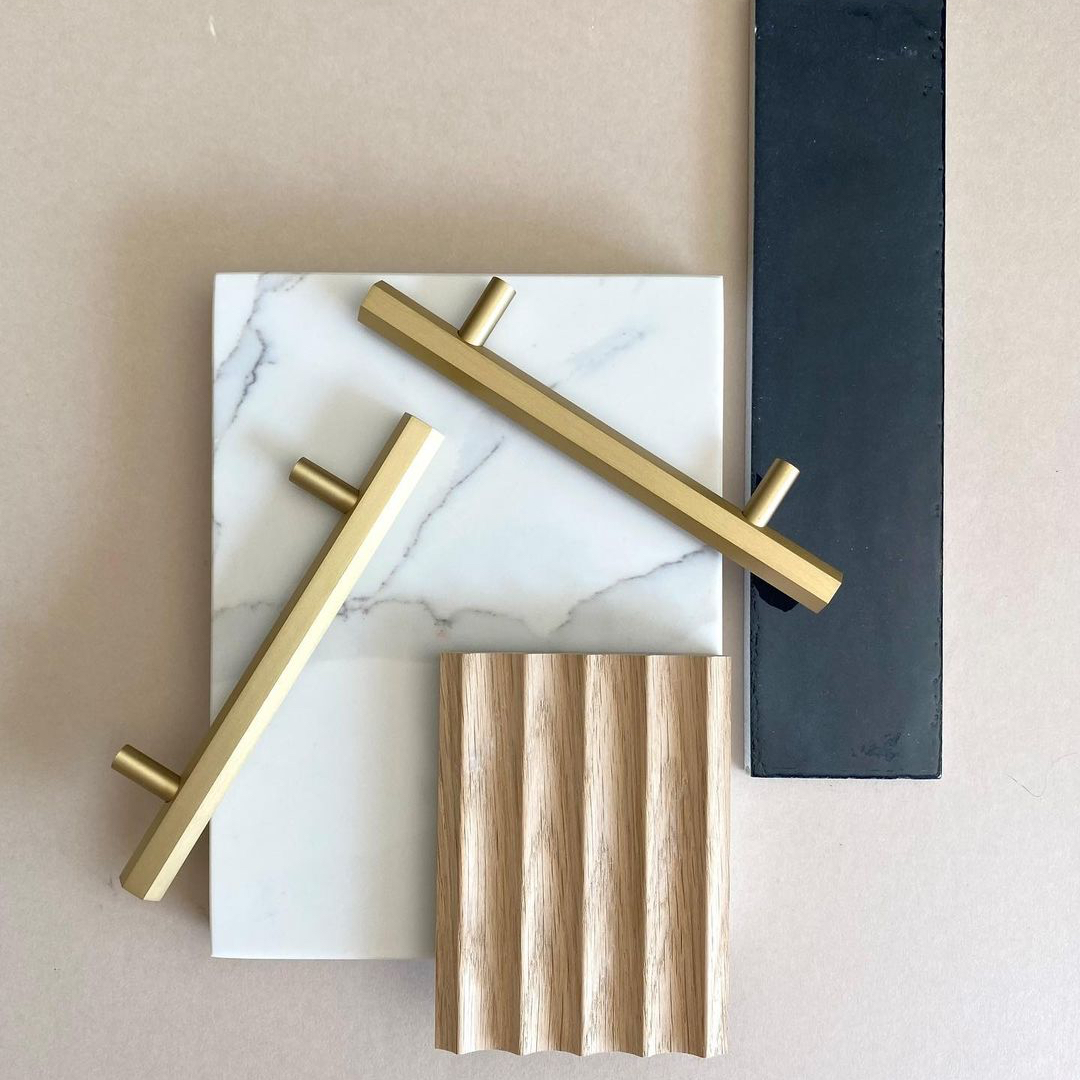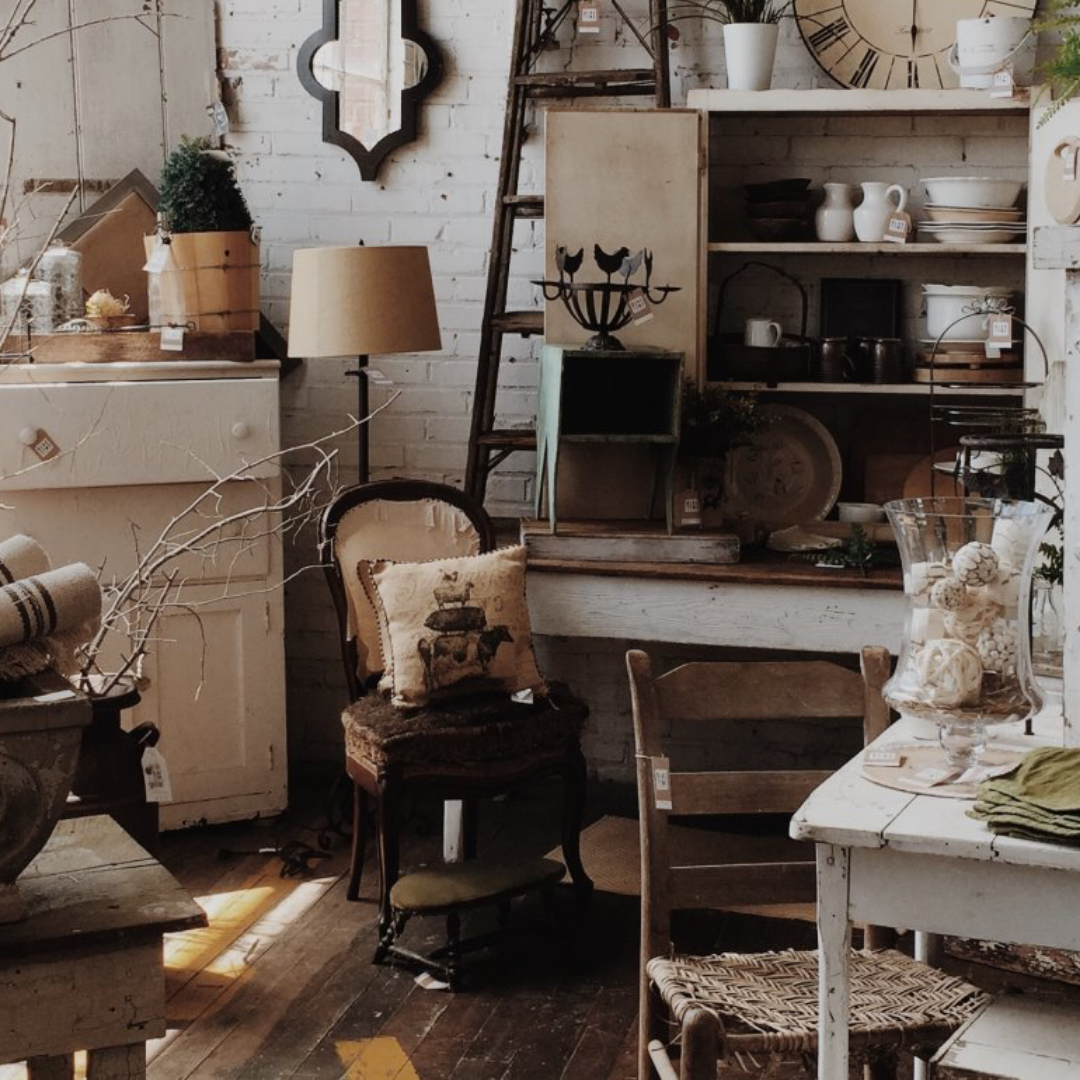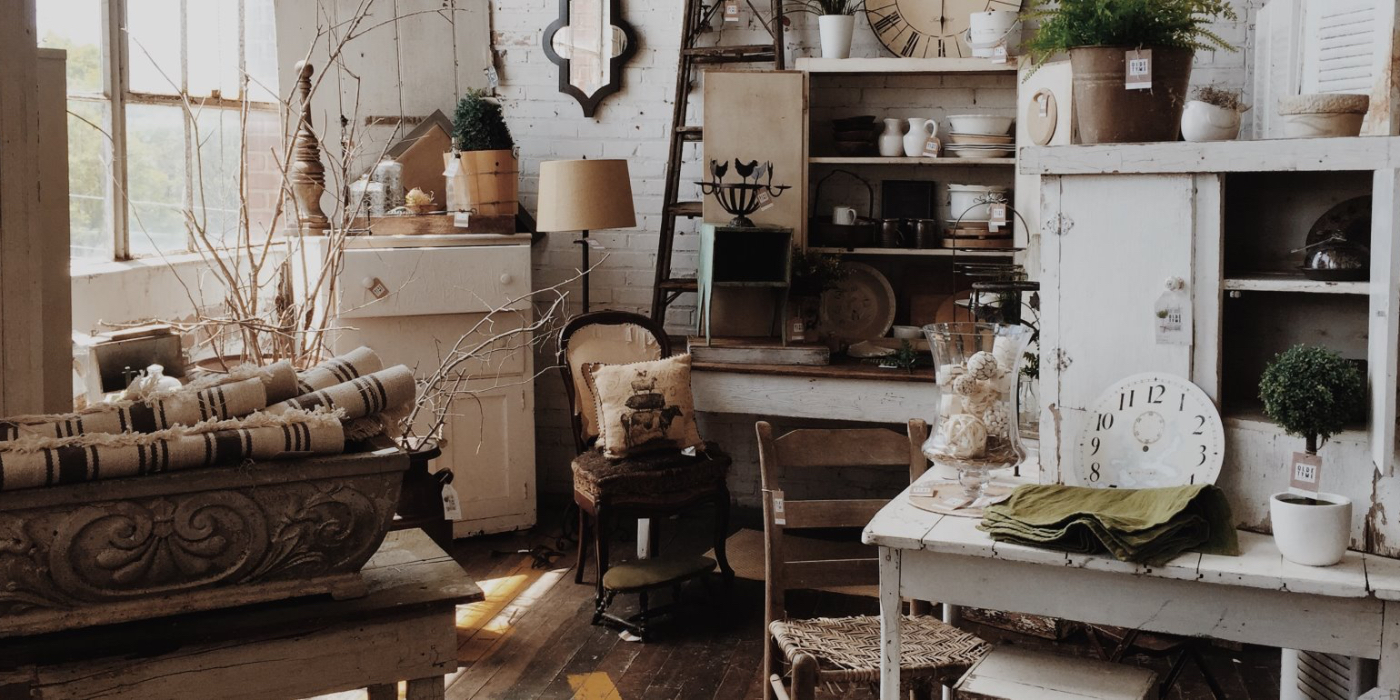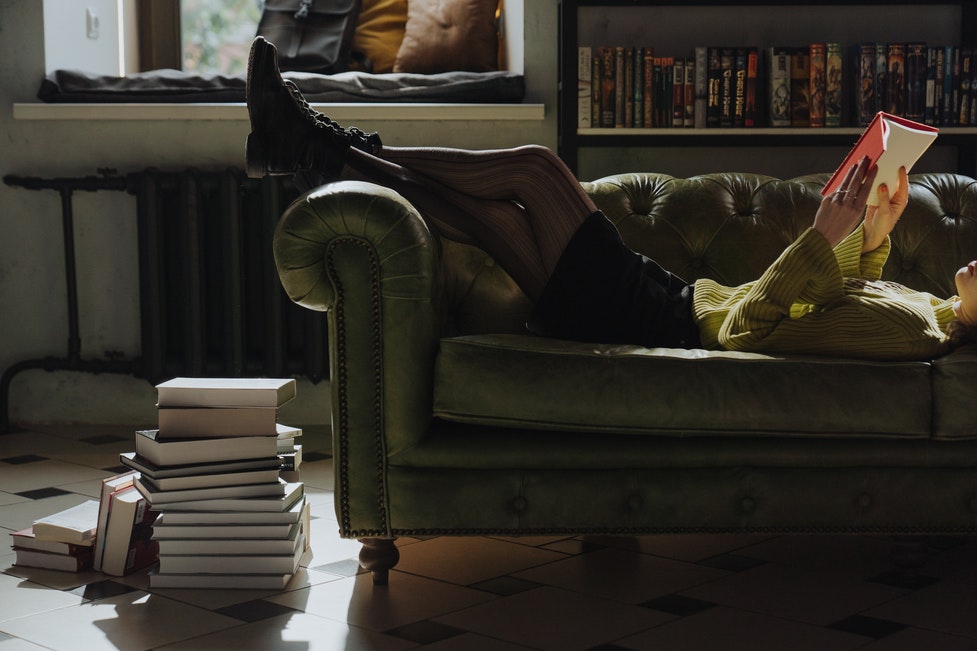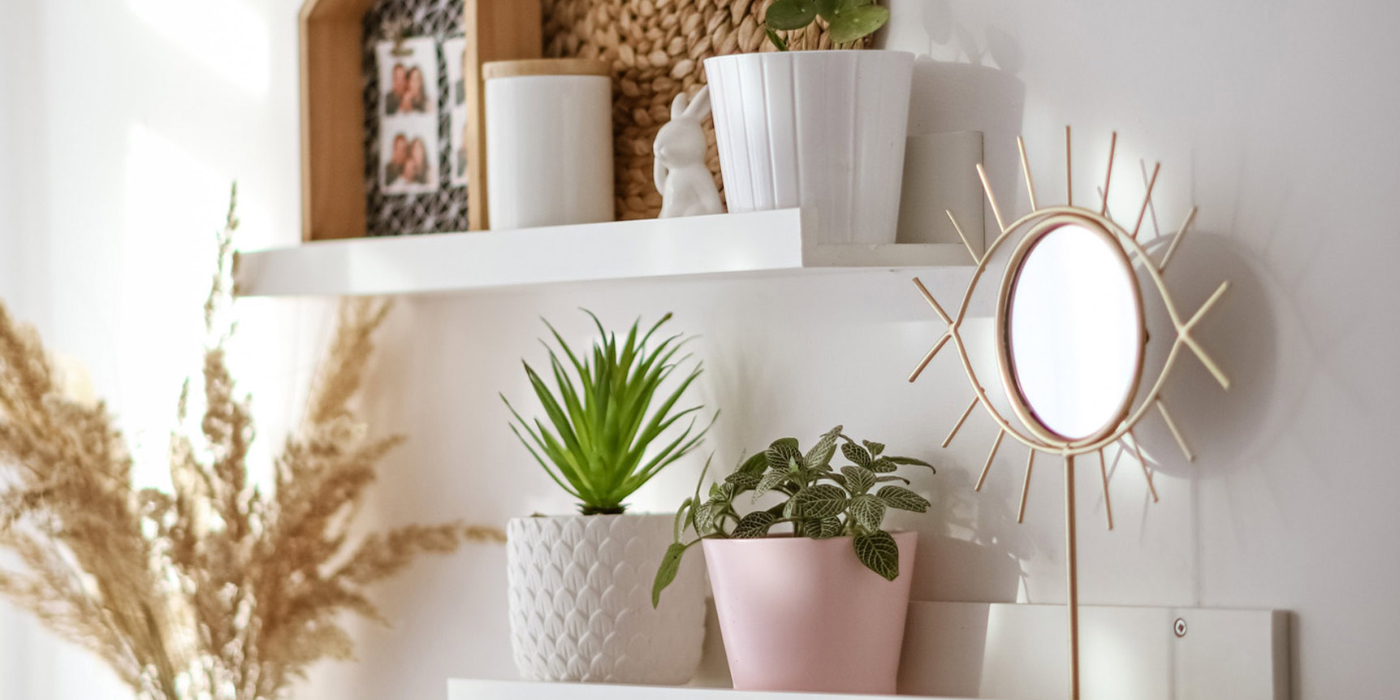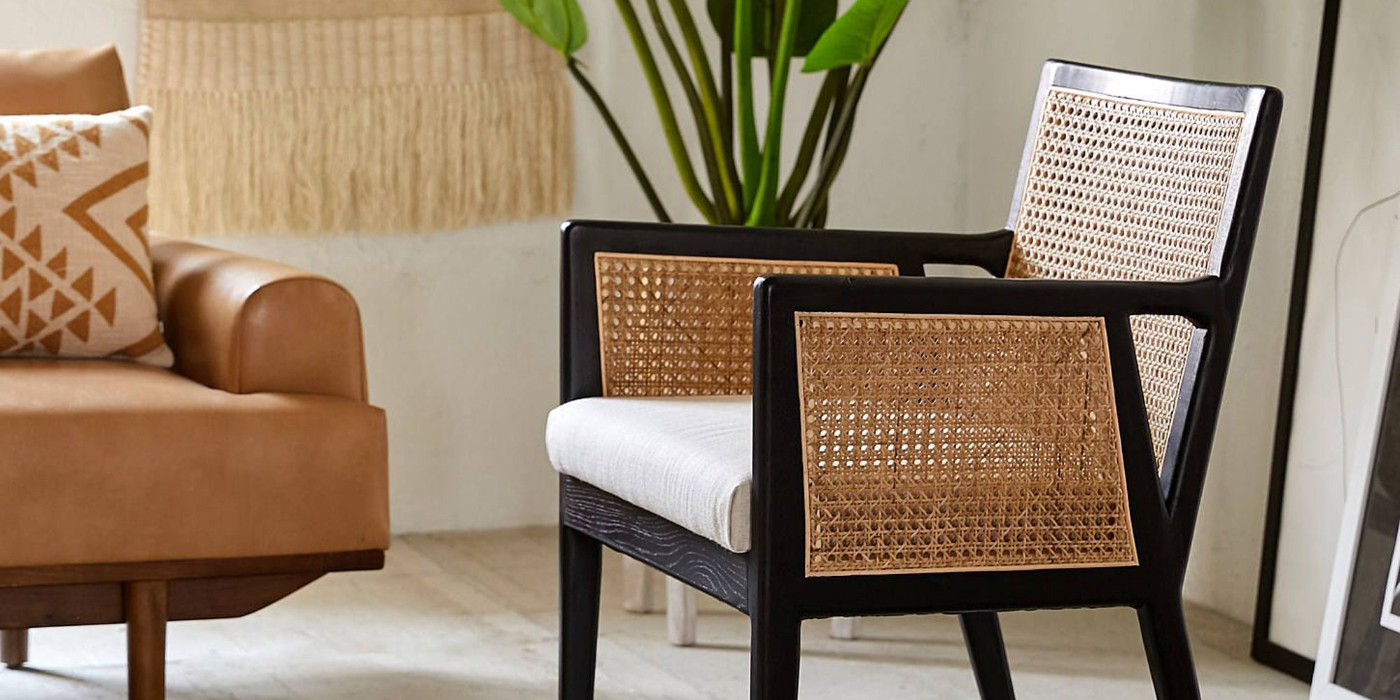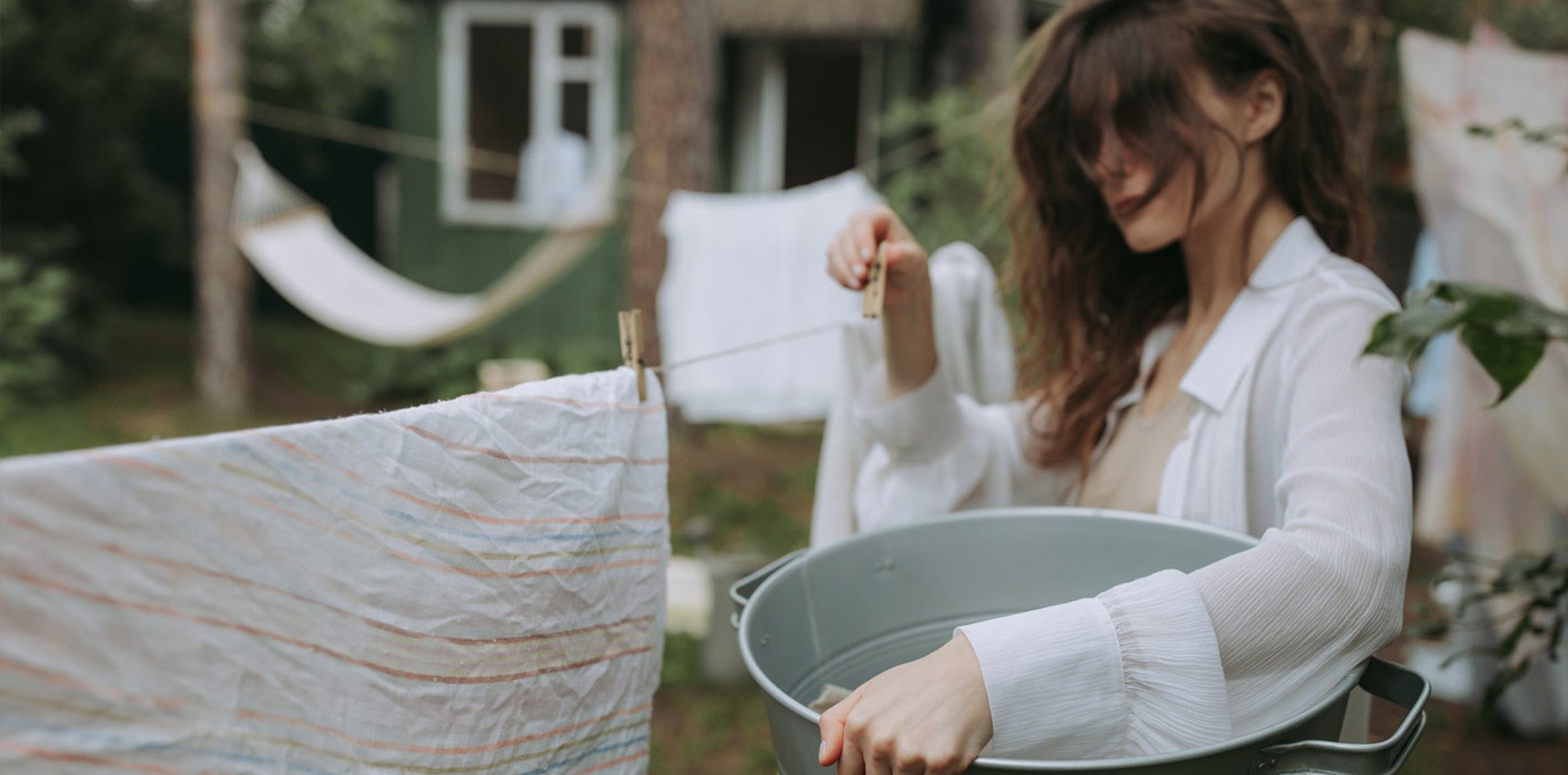Maximalism: How to Maximise the Trend
Move over, minimalism. Maximalism is in the house. We’re replacing blank walls and sparse silhouettes with a smorgasbord of colours, textures and mix-and-match pieces that work together to create a cosy stay-at-home vibe.
What is maximalism
Welcoming, and even comforting, maximalism is more than just the antidote to minimalism – it’s our response to the events of 2020. Similar to the feel-good aesthetic of hygge, maximalism gives us an opportunity to create a home that feels ‘homely;’ a safe cocoon and a soft place to fall.
In short, it’s the polar opposite of minimalism. Maximalism is bold colours, patterns, ornate details and unique statement pieces. It promotes repetition in prints such as florals and abstract (and animal prints), and works well with mixing and matching textures and styles.
Where minimalism dictates the removal of unnecessary elements, maximalism is all about packing a room with visuals – furniture, textiles, and objets d'art that spark joy and inevitably start conversations. Think prized collections, personal photographs and furniture pieces that you’ve collected over time and which have stories to tell.
Forget the clutter, though. Just like minimalism, items are carefully selected to work together to create a pleasing, cohesive aesthetic.
Why we love maximalism
We love the idea of decorating for comfort and filling our homes with things we love – in a carefully layered, energetic mix that isn’t cluttered, but curated. Here’s why:
It’s personal
For many tried-and-failed minimalists, the idea of selecting and displaying only one or two items to reflect their personality is restrictive. Maximalism gives you the freedom to showcase the items that you find meaningful and which express your passions and history.
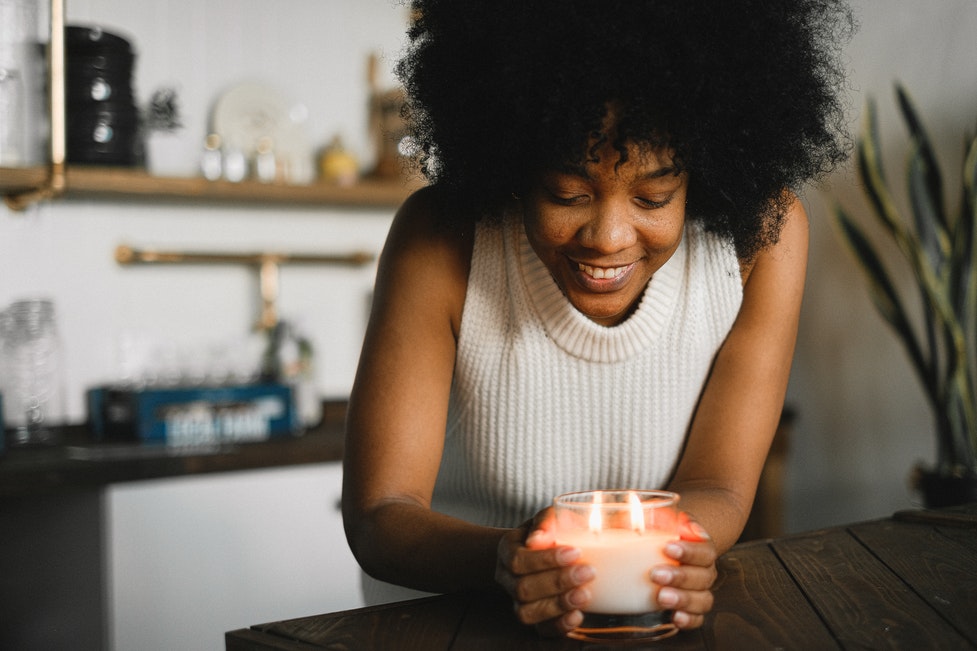
It’s creative
There are no rules. It’s up to you to use the elements at your disposal – and carefully curate and display the items that you find meaningful – in a way that you find pleasing. Think: hand-me-down copper pans hanging side-by-side with modern cooking utensils.
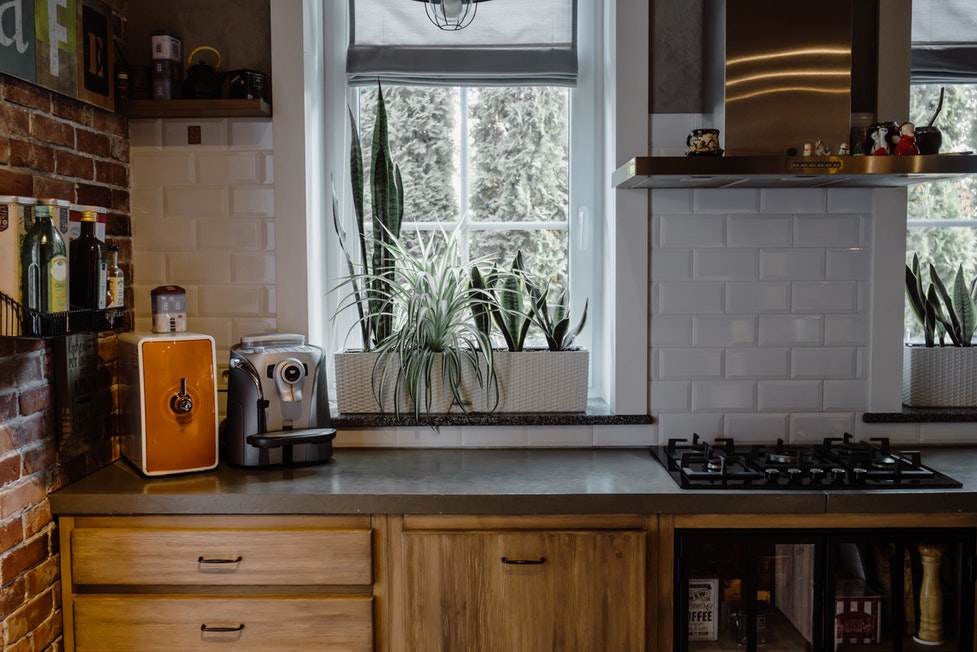
It’s cost-effective
Goodbye, rigid rules of minimalism which require particular, high quality (and often expensive) items to achieve a specific look. Maximalism might involve more stuff, but it’s also much more forgiving. Mismatched items work together in a maximalist decor scheme, whether they’re souvenirs from your travels or hand-me-down bric-a-brac from your mum (or your mum’s mum).
It suits small spaces
Unlike minimalism, which requires a lot of storage to keep surfaces and wardrobes free from excess items, maximalism is all about exhibition. Instead of trying to hide your goodies, you can find practical, visually pleasing ways to display them.
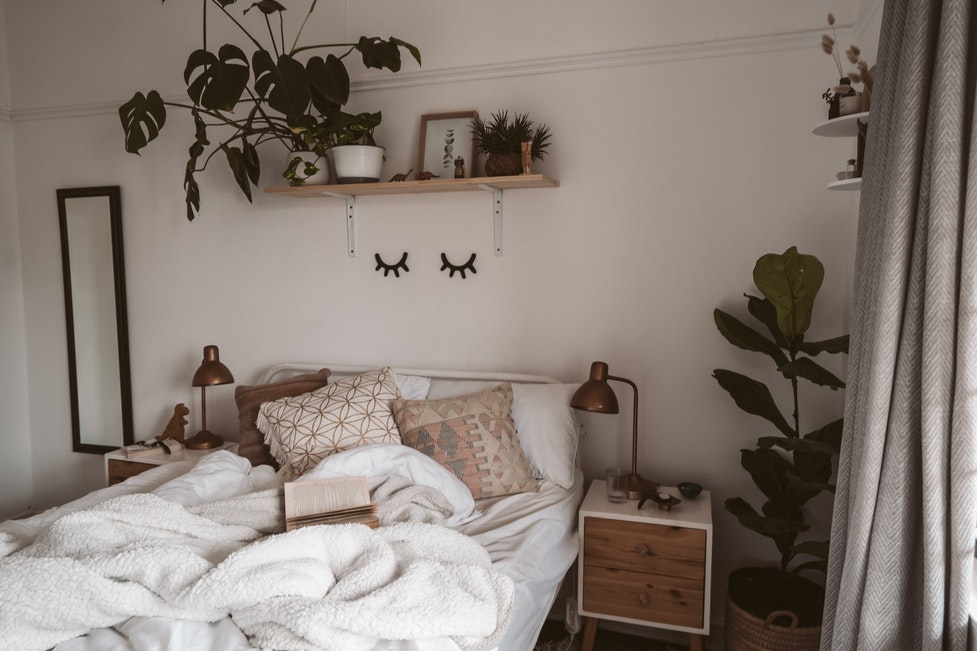
How to maximise the maximalist look in your home
You can’t do maximalism wrong. There are no rules, just guidelines. A couple of basics include loading up on colour, adding more artwork, and choosing comfort over perfection. Some guidelines to consider:
-
Start with the main elements of your room; floors, walls and windows. You can combine rugs, add wallpaper, and layer different textures over your windows.
-
Don’t over-accessorise – add a few favourite objects at a time. if it’s feeling too busy, it’s too cluttered.
-
If you already own a lot of extra accessories, consider filling a bookcase to create a sense of order.
-
Be colourful. Colour is the foundation of maximalism. Start with a basic palette and build on it from there.
-
Decorate with what you love – your favourite colours, fabrics and accessories.
-
Create a gallery wall. One of the most prominent design features of maximalism; the goal is to fill your accent wall with art that you love.
-
Let go of perfection. Revel in the imperfect perfection of your personality shining through your decor in a way that is uniquely you.
